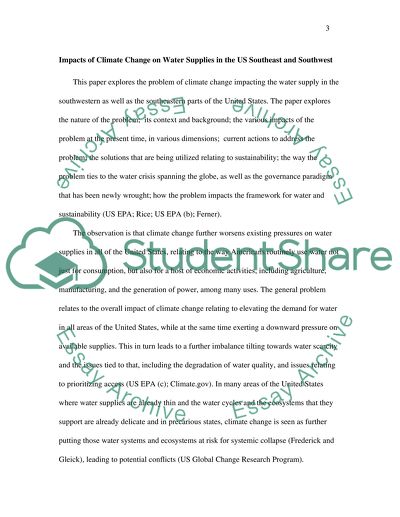Cite this document
(“Water supply in the USA Research Paper Example | Topics and Well Written Essays - 2000 words”, n.d.)
Water supply in the USA Research Paper Example | Topics and Well Written Essays - 2000 words. Retrieved from https://studentshare.org/geography/1498316-water-supply-in-the-usa
Water supply in the USA Research Paper Example | Topics and Well Written Essays - 2000 words. Retrieved from https://studentshare.org/geography/1498316-water-supply-in-the-usa
(Water Supply in the USA Research Paper Example | Topics and Well Written Essays - 2000 Words)
Water Supply in the USA Research Paper Example | Topics and Well Written Essays - 2000 Words. https://studentshare.org/geography/1498316-water-supply-in-the-usa.
Water Supply in the USA Research Paper Example | Topics and Well Written Essays - 2000 Words. https://studentshare.org/geography/1498316-water-supply-in-the-usa.
“Water Supply in the USA Research Paper Example | Topics and Well Written Essays - 2000 Words”, n.d. https://studentshare.org/geography/1498316-water-supply-in-the-usa.


